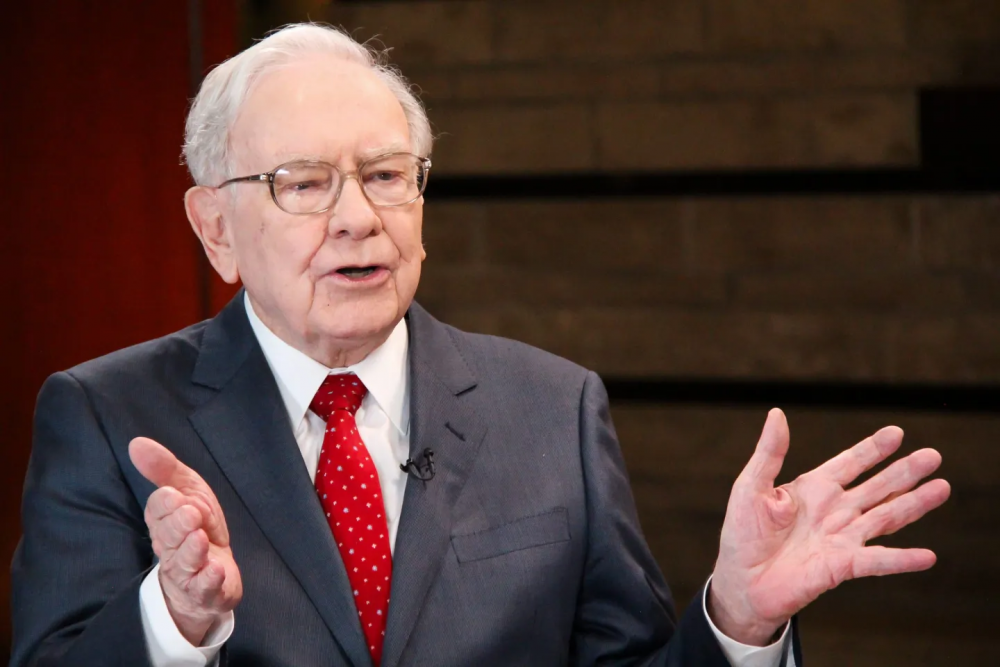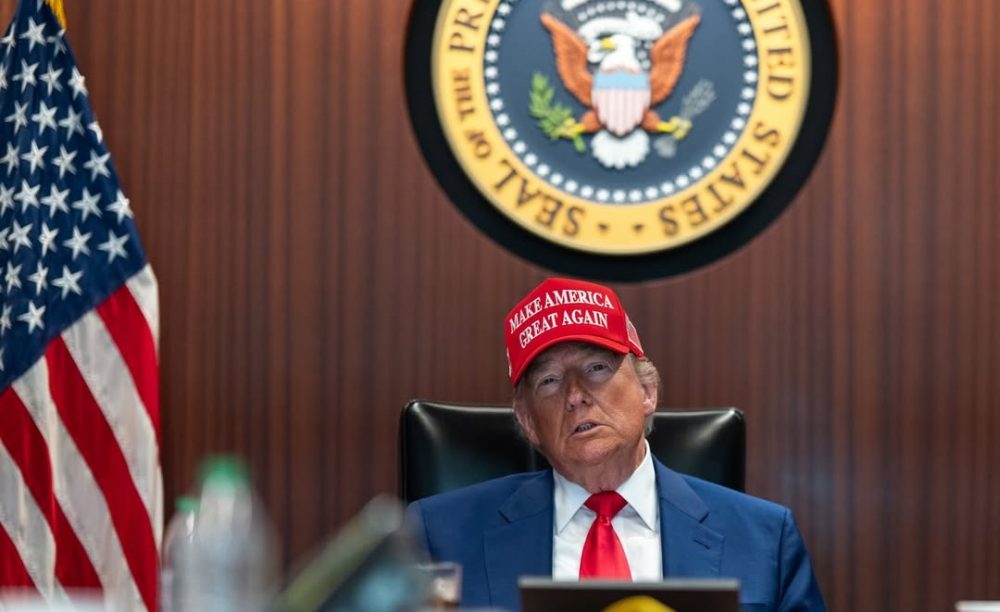There is no doubt that the financial world thrives on chaos. However, when it comes to President-elect Donald Trump, Wall Street traders are urging investors to step back, tune out the noise, and keep their eyes on the long-term prize. With Trump set to return to the White House, traders predict market turbulence driven by his unpredictable style, late-night policy tweets, and contentious trade moves.
The question is: How should investors respond? Wall Street's answer is clear: Ignore the daily 'Trump noise' and focus on steady, long-term growth.
Trump’s leadership style has always been a double-edged sword for markets. His erratic announcements often trigger short-term spikes or drops. But traders know these movements rarely last. Take January 6 as an example. Speculation that Trump might roll back tariffs caused a flurry of activity, with S&P 500 futures rising and the dollar falling.

RDNE / Pexels / With President-elect Donald Trump returning to the White House, investors will expect more market volatility. Experts urge investors to keep the daily ‘Trump noise’ at bay!
Yet, the moment evaporated as quickly as it appeared when Trump denied the claims before the market opened. This kind of fleeting volatility has become the hallmark of Trump-era markets.
The Daily ‘Trump Noise’ Doesn’t Last Long
Trump’s polarizing approach creates endless fodder for news cycles, but traders warn this can lead to reactionary investing. For example, Trump’s suggestion of using "economic force" to annex Canada sparked headlines but left currency traders unfazed.
Such dramatic statements might be intended to disrupt. But they rarely lead to sustained market changes. This is why experienced traders are doubling down on strategies that prioritize long-term economic fundamentals over momentary drama.
Even during his first term, Trump’s leadership was characterized by bold policies and unexpected declarations. While the immediate market reactions often made headlines, the real impact came from more significant trends like tax cuts and deregulation, which fueled significant economic growth.
Wall Street has learned to sift through the noise, focusing instead on these underlying drivers of market performance.
Market Strategies for Trump’s Return
Wall Street traders have a playbook for dealing with Trump’s unpredictability. The first rule? Keep an eye on long-term trends. Despite the whirlwind of daily controversies, markets tend to stabilize as underlying fundamentals take precedence.
Last year, the S&P 500 closed out with its best back-to-back annual gains since the late 1990s, thanks to optimism about economic growth and corporate earnings.

Anna / Pexels / Traders recommend keeping cash reserves handy to capitalize on short-lived market swings during Trump’s presidency.
When Trump’s pronouncements rattle markets, there is often a window of opportunity for quick, strategic moves. For instance, talk of rolling back tariffs or implementing significant infrastructure spending could send specific sectors into temporary overdrive, creating entry points for savvy investors.
The Tug-of-War Between Optimism & Uncertainty
Wall Street entered the year with a cautious sense of optimism. The US economy has shown remarkable resilience, inflation has cooled, and corporate profits remain solid. Many traders believe Trump’s pro-business stance will continue to buoy markets, especially if he delivers on promises of tax cuts and deregulation.
However, uncertainty lingers. Trump's aggressive positions on tariffs, immigration, and trade deals could disrupt key markets if implemented at scale. For instance, a sudden push to raise tariffs could strain supply chains and weigh on corporate margins.
Similarly, geopolitical wildcards - like Trump’s interest in acquiring Greenland or renegotiating the Panama Canal - add an unpredictable layer to market calculations.
While equities face volatility, currency markets offer a more stable outlook. Rising bond yields have bolstered the US dollar, while emerging-market currencies remain under pressure. Currency traders have adapted to Trump’s headline-grabbing style, focusing instead on broader monetary trends and economic indicators.






